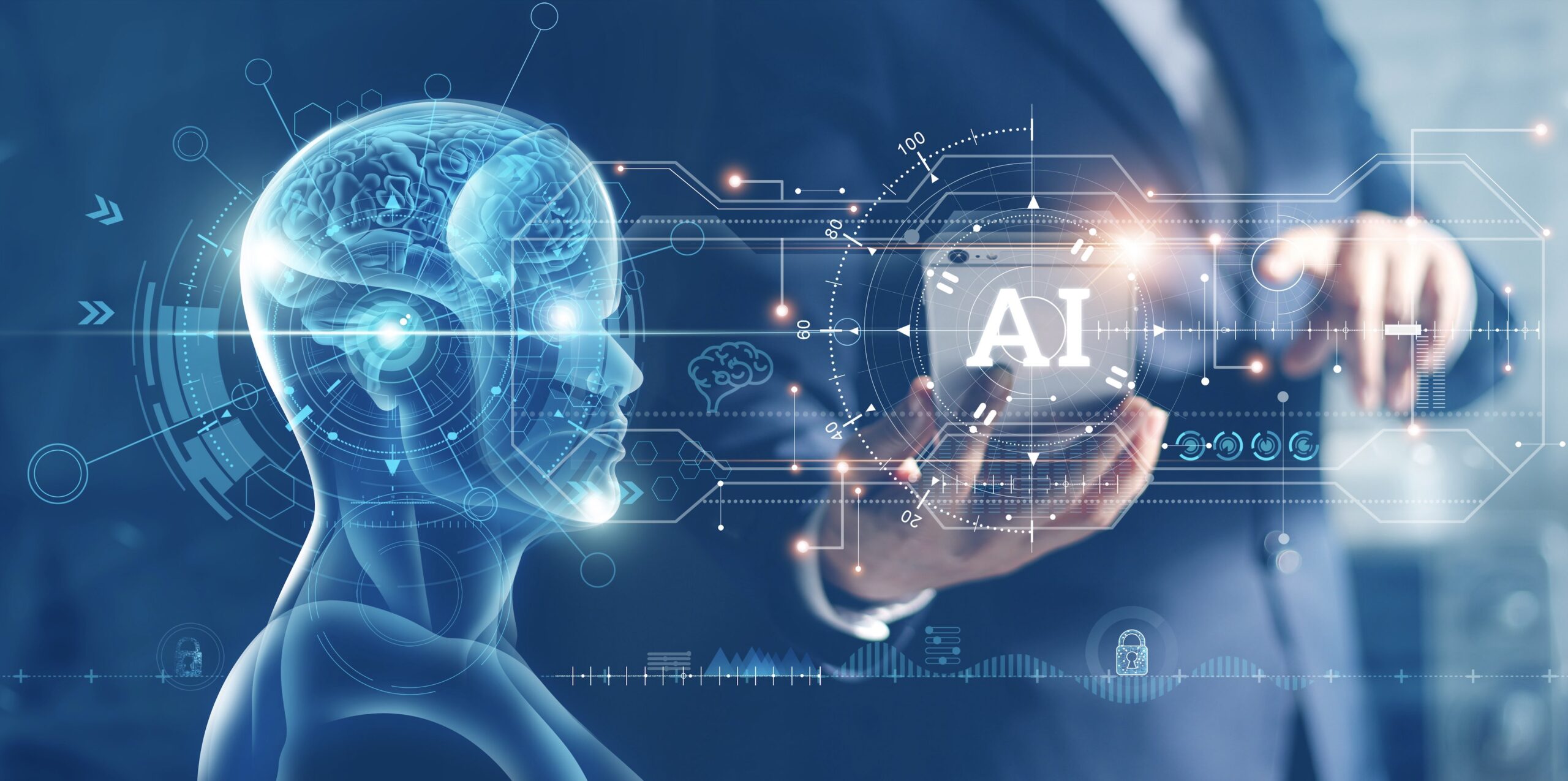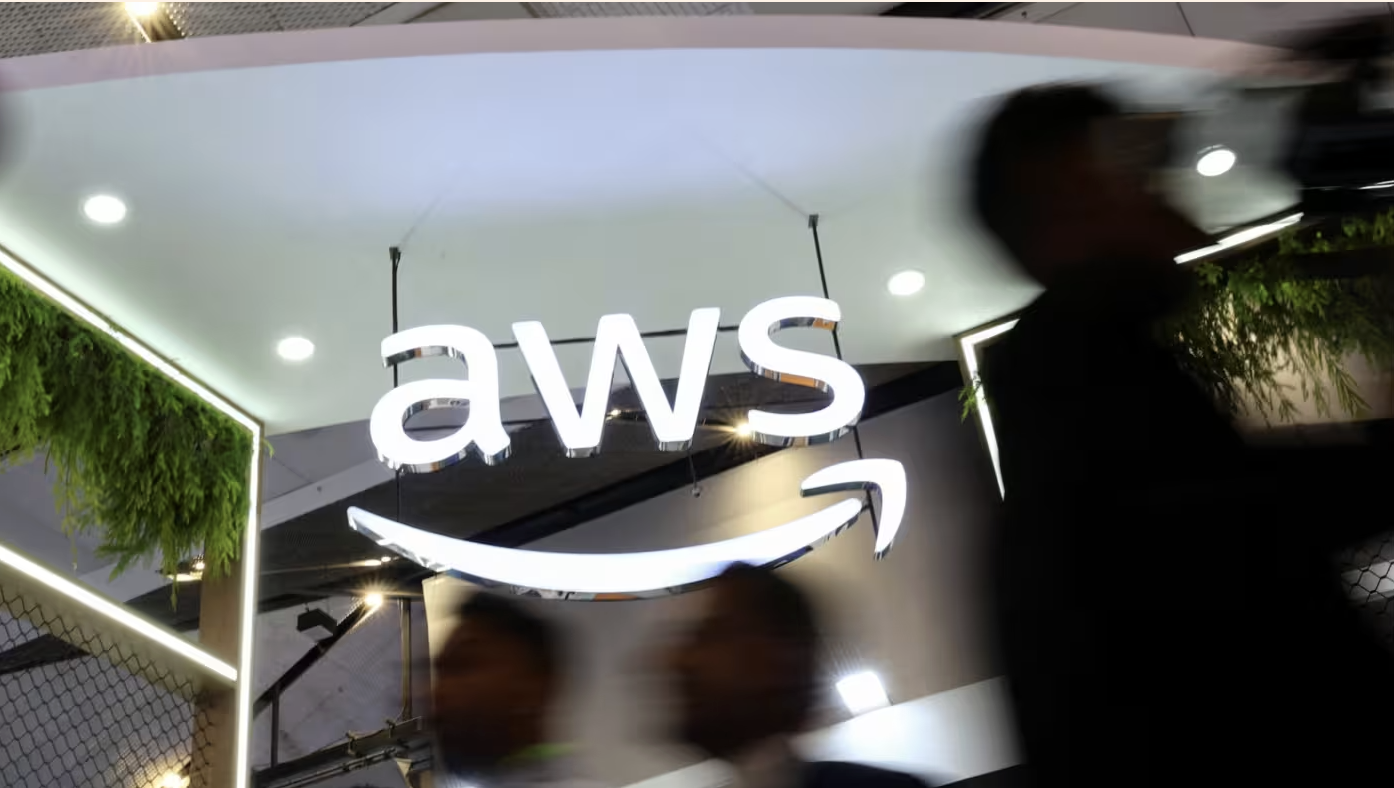
Technology has become the driving force behind nearly every aspect of human life. From communication and education to healthcare, business, and entertainment, it has reshaped how we live, work, and interact with the world. Over the past few decades, advancements in digital tools, artificial intelligence, robotics, biotechnology, and renewable energy have pushed societies into a new era of possibilities. While technology provides incredible opportunities, it also raises challenges that must be addressed responsibly. This article explores the ways technology is transforming the modern world, its benefits, and the issues it presents.
Technology and Communication
One of the most visible impacts of technology is in communication. A few decades ago, sending a message to someone across the globe would take days or even weeks. Today, thanks to the internet, smartphones, and social media platforms, people can interact instantly. Video conferencing tools like Zoom, Microsoft Teams, and Google Meet have made remote work and global collaboration seamless. Social media platforms allow people to share ideas, organize movements, and maintain relationships despite physical distance.
This shift has democratized information, giving individuals the power to share their voices. However, it has also created challenges such as misinformation, cyberbullying, and a growing sense of digital dependency. Balancing the benefits of instant communication with the need for responsible digital behavior is an ongoing challenge.
Technology in Education
Technology has revolutionized education by making knowledge more accessible. Online learning platforms such as Coursera, Khan Academy, and Udemy allow students to learn at their own pace, often for free or at a much lower cost than traditional schooling. During the COVID-19 pandemic, remote learning became essential, proving that education could continue even when physical classrooms were inaccessible.
Interactive tools like virtual reality (VR) and augmented reality (AR) are making learning more immersive. For example, medical students can practice surgeries using VR simulations, while history students can explore virtual recreations of ancient civilizations. Yet, the digital divide remains a significant issue. Students in rural or underprivileged areas often lack access to reliable internet or devices, highlighting the importance of bridging technological gaps.
Technology and Healthcare
The healthcare industry has been one of the biggest beneficiaries of technological advancements. Innovations in medical imaging, robotic surgery, and telemedicine have improved diagnosis, treatment, and patient care. Artificial intelligence (AI) is increasingly being used to analyze medical data, helping doctors detect diseases earlier and with greater accuracy.
Wearable technology, such as smartwatches, now allows individuals to monitor their health in real-time, tracking heart rates, sleep patterns, and even detecting irregularities. Telehealth services have expanded access to medical professionals, particularly in remote areas. On the horizon, biotechnology and genetic engineering hold the potential to cure diseases once thought incurable.
Still, ethical questions arise regarding patient data privacy and the risks of overreliance on machines in life-or-death situations. Ensuring that healthcare technology is accessible and equitable remains a key challenge.
Technology in Business and Economy
Technology has transformed the business landscape by automating processes, enhancing productivity, and creating new opportunities. E-commerce platforms like Amazon, Alibaba, and eBay have revolutionized how consumers shop, while fintech innovations such as mobile banking and cryptocurrency are reshaping financial systems. Artificial intelligence is now used to predict consumer behavior, optimize supply chains, and improve customer service through chatbots.
The rise of remote work, enabled by digital tools, has redefined workplace culture. Companies can now hire talent globally, offering flexibility to employees and cutting operational costs. However, automation and AI also pose threats to traditional jobs, raising concerns about unemployment and the need for reskilling workers.
Technology and Entertainment
Entertainment has been radically transformed by digital innovation. Streaming platforms like Netflix, YouTube, and Spotify give people instant access to movies, shows, and music. Video games have evolved into immersive virtual worlds, with esports becoming a billion-dollar industry. Social media influencers and content creators now play a major role in shaping cultural trends and consumer behavior.
Virtual reality and augmented reality are pushing the boundaries of storytelling and immersive experiences. For instance, VR concerts allow fans to experience live performances from the comfort of their homes. These advancements demonstrate how technology continues to blend creativity with interactivity.
The Environmental Impact of Technology
Technology also plays a crucial role in addressing global challenges like climate change. Renewable energy technologies—such as solar, wind, and hydropower—are reducing dependence on fossil fuels. Electric vehicles are becoming more common, supported by innovations in battery technology. Smart homes and cities use technology to optimize energy consumption, reduce waste, and improve sustainability.
At the same time, technology itself has an environmental footprint. The production of electronic devices consumes natural resources, while electronic waste poses significant disposal challenges. Striking a balance between innovation and sustainability is vital for the future.
Challenges and Ethical Concerns
Despite its benefits, technology also raises serious concerns. Privacy has become a major issue as tech companies collect vast amounts of personal data. Cybersecurity threats, including hacking and identity theft, continue to grow. The rise of artificial intelligence raises ethical debates about bias in algorithms, surveillance, and the potential loss of human control over machines.
Additionally, the digital divide—unequal access to technology—creates inequalities in education, healthcare, and employment opportunities. Governments, businesses, and communities must work together to ensure that technology benefits everyone, not just the privileged few.
Conclusion
Technology is a powerful tool that has reshaped modern life in countless ways. It connects people across the globe, transforms industries, and offers solutions to some of the world’s most pressing challenges. At the same time, it introduces ethical dilemmas, privacy concerns, and risks of inequality. The future of technology will depend on how societies choose to harness it—whether to prioritize inclusivity, sustainability, and responsibility or to let it widen existing gaps.
In the end, technology is neither inherently good nor bad. It is a reflection of human intent and creativity. When used wisely, it has the potential to improve lives, empower communities, and create a better future for generations to come.
By. Wilgens Sirise





